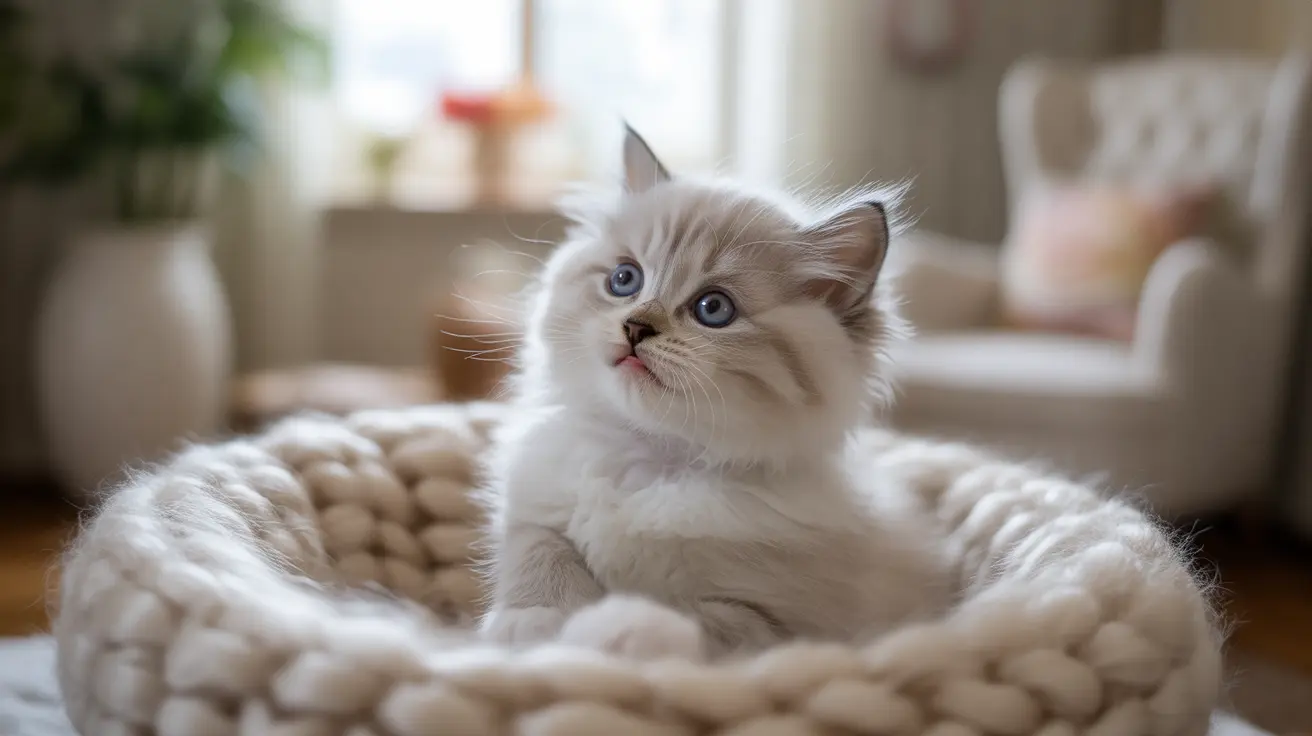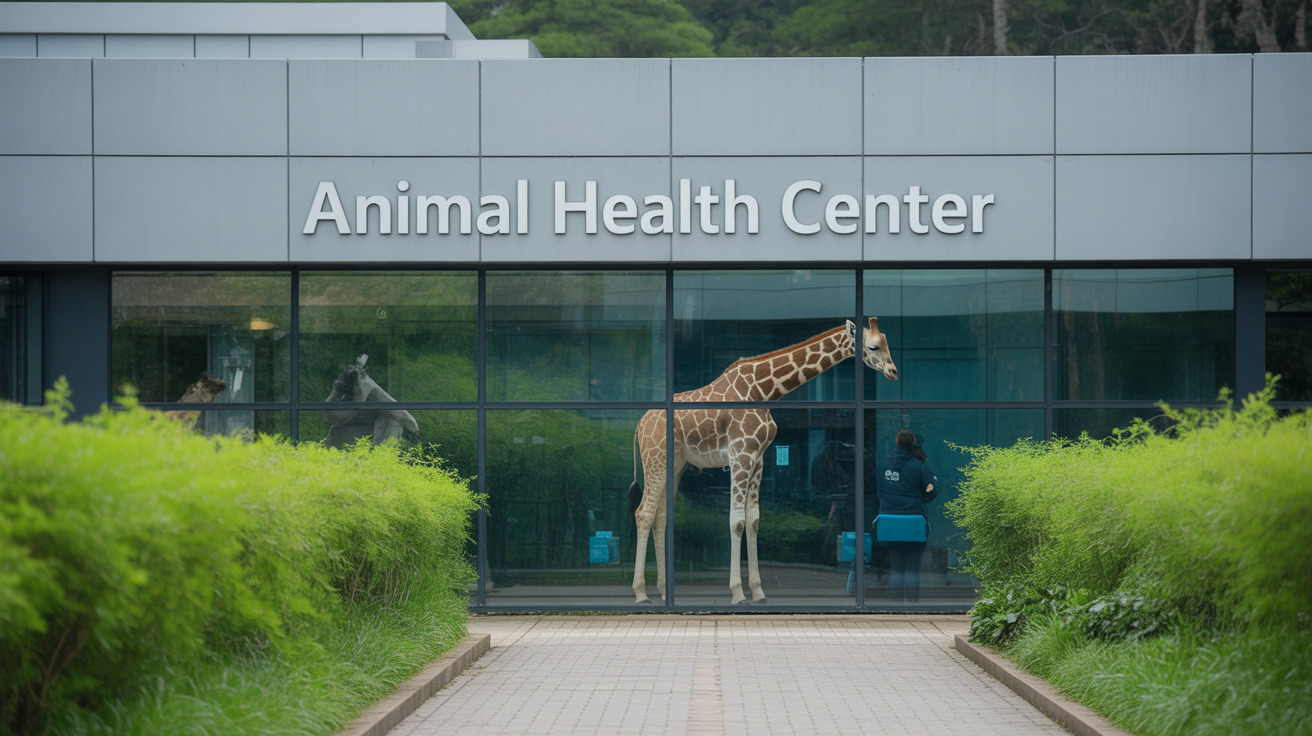Are Autumn Kittens More Fragile? Understanding Health Risks and Seasonal Care Differences
The belief that autumn kittens are more fragile and prone to health issues compared to their spring-born counterparts has persisted for generations among cat enthusiasts and breeders. This perception stems from the challenging environmental conditions that newborn kittens face during the colder months, when temperatures drop and weather becomes harsh. However, the reality of autumn kittens health risks is far more nuanced than this traditional wisdom suggests, particularly in our modern era of responsible pet ownership and veterinary care.
Understanding the true factors that influence kitten health across seasons is crucial for prospective cat owners, animal welfare advocates, and anyone involved in feline care. While environmental challenges do exist for autumn-born kittens, the impact of these conditions varies dramatically depending on whether kittens receive proper human care or are left to survive in outdoor conditions. This comprehensive examination will explore the myths and realities surrounding seasonal kitten health, providing evidence-based insights to help you make informed decisions about kitten care and adoption.
By separating fact from fiction, we can better understand how modern veterinary care, proper nutrition, and responsible ownership practices have transformed the landscape of kitten health across all seasons, ultimately revealing that the season of birth may be less important than the quality of care provided.
The Origins of the Autumn Kitten Fragility Myth
The reputation of autumn kittens being more fragile has deep roots in historical observations of outdoor and feral cat populations. This belief primarily originated from watching kittens born in harsh autumn and winter conditions struggle to survive without human intervention. Unlike spring-born kittens who emerge into warmer, more favorable weather, autumn kittens face immediate challenges from cold, wet, and windy conditions that newborn cats simply cannot regulate on their own.
Newborn kittens are born without the ability to regulate their body temperature, making them extremely vulnerable to environmental fluctuations. During autumn months, when temperatures begin dropping and weather becomes unpredictable, outdoor kittens face a significantly higher risk of hypothermia and related complications. This vulnerability is particularly pronounced in kittens under four weeks of age, who are unable to eat independently, eliminate waste on their own, or maintain proper body temperature without external help.
The perceived increased illness risk for autumn kittens mainly applies to those raised in outdoor environments without human care, especially when mother cats are managing multiple litters alone. In these challenging circumstances, the combination of harsh weather, limited food availability, and lack of veterinary intervention creates conditions where autumn-born kittens genuinely face higher mortality rates compared to those born during more favorable seasons.
Modern Reality: Indoor vs. Outdoor Kitten Care
The autumn kitten fragility myth becomes largely obsolete when we examine kittens raised in controlled, human-care environments. Modern pet ownership practices, including indoor housing, climate control, proper nutrition, and regular veterinary care, have fundamentally changed the health outcomes for kittens regardless of their birth season. Kittens raised in stable indoor environments with consistent warmth, adequate nutrition, and professional veterinary support show no significant differences in health or development between autumn and spring births.
Indoor kittens benefit from temperature-controlled environments that eliminate the primary risk factor associated with autumn births - exposure to cold and harsh weather. Proper heating, comfortable bedding, and protection from environmental stressors create optimal conditions for healthy development throughout the critical early weeks of life. Additionally, indoor kittens have immediate access to emergency veterinary care should health issues arise, regardless of the season.
However, the situation remains challenging for outdoor and feral kitten populations, where seasonal factors continue to play a significant role in survival rates. Kittens born in unsafe environments such as parking garages, dumpsters, backyards, and barns face ongoing risks throughout the year, with autumn and winter births presenting additional challenges from exposure to harsh weather conditions.
Environmental Factors Affecting Kitten Health Across Seasons
Temperature regulation represents the most critical environmental factor affecting newborn kitten health. During autumn months, fluctuating temperatures and increased humidity create conditions that can quickly become life-threatening for vulnerable newborns. Unlike adult cats who can seek shelter and regulate their body temperature, kittens depend entirely on external heat sources and their mother's warmth for survival during their first several weeks of life.
Food availability also varies seasonally, particularly affecting outdoor and feral cat populations. During autumn and winter months, natural prey becomes less abundant, potentially impacting the nutritional status of nursing mothers and their ability to produce adequate milk for their kittens. This nutritional stress can compound the existing challenges faced by autumn-born kittens in outdoor environments.
The reproductive cycles of cats are influenced by environmental factors including daylight hours, temperature, and food availability. While cats can reproduce year-round, breeding activity typically increases during warmer months when conditions are more favorable for kitten survival. This natural pattern contributes to the perception of "kitten season" occurring primarily from April through October, though reproduction continues throughout the year under favorable conditions.
Veterinary Care and Health Monitoring for Seasonal Kittens
Proper veterinary care serves as the great equalizer for kitten health across all seasons. Regular health checks, appropriate vaccination schedules, and preventive care measures can effectively mitigate most seasonal health risks that historically affected autumn kittens. Vaccinations, especially against diseases like Panleukopenia, are crucial for preventing illness in kittens and are typically administered every 2-4 weeks up to 16 weeks of age.
Weight and development monitoring becomes particularly important for autumn kittens, as any growth delays or health issues can be quickly identified and addressed through regular veterinary assessments. Professional veterinary evaluation provides early detection of potential problems and ensures that kittens receive appropriate interventions to support healthy development regardless of birth season.
Pop-up vaccine clinics and low-cost spay/neuter surgeries help maintain the health of both owned and community cats throughout the year. These programs are essential for preventing disease outbreaks and supporting the overall welfare of kitten populations, particularly during times when shelter resources may be stretched thin due to seasonal intake variations.
Caring for Outdoor and Feral Autumn Kittens
For those encountering outdoor autumn kittens, understanding proper intervention strategies can significantly improve survival rates. If you discover a litter of kittens outdoors, it's essential to first observe whether the mother cat is nearby caring for them. The mother cat possesses natural instincts and abilities to protect her kittens that cannot be replicated by human intervention, and removing kittens prematurely can actually endanger their lives.
When kittens are truly orphaned or in unsafe locations, rescue efforts should proceed carefully using humane traps if necessary. Timely intervention with appropriate care can greatly increase survival chances, but requires specialized knowledge about feeding, hygiene assistance, and temperature regulation for very young kittens. Orphaned kittens require round-the-clock care, including feeding with special kitten formula and assistance with basic biological functions.
Common safe hiding places where mother cats protect their kittens include window wells, under decks, crawl spaces, garages, and basements. If kittens and their mother appear safe in these locations, it's generally best to leave them undisturbed while monitoring from a distance to ensure their welfare.
The Christmas Kitten Problem and Responsible Adoption
The timing of autumn kitten births coincides with holiday gift-giving seasons, creating additional welfare concerns beyond basic health considerations. Buying autumn kittens as impulsive gifts, particularly for Christmas celebrations, is strongly discouraged due to the high rates of abandonment or shelter surrender that follow these well-intentioned but poorly planned acquisitions.
Responsible kitten adoption requires careful consideration of long-term commitment, proper preparation, and realistic assessment of the adopter's ability to provide appropriate care. The decision to bring a kitten into a home should never be made impulsively, regardless of the season, and should always involve thorough research, preparation, and commitment to providing lifelong care.
Animal shelters often experience surges in kitten intake during spring and summer months, but the challenges of providing intensive care continue year-round. Kittens require frequent feeding, medical attention, and socialization regardless of when they arrive at shelters, making adoption and foster support valuable throughout all seasons.
Making Informed Decisions About Kitten Adoption
When considering kitten adoption during autumn months, focus should remain on individual kitten health and temperament rather than birth season. Proper health screening, including veterinary evaluation of weight, development markers, and overall condition, provides much more reliable indicators of future health than seasonal timing alone.
Prospective kitten owners should prepare adequately for their new pet regardless of adoption season, ensuring they have appropriate supplies, veterinary care arrangements, and realistic expectations about the time and energy required for proper kitten care. This preparation includes understanding the intensive care requirements for very young kittens and the importance of consistent socialization during critical developmental periods.
Supporting community spay/neuter programs, trap-neuter-return (TNR) initiatives for feral cat colonies, and local shelter fostering programs provides valuable assistance in addressing kitten welfare concerns across all seasons. These evidence-based approaches help reduce overpopulation while improving health outcomes for cats and kittens in community settings.
Frequently Asked Questions
Are autumn kittens really more likely to get sick than spring kittens?
For indoor kittens receiving proper care, there is no significant health difference between autumn and spring births. The increased health risks associated with autumn kittens primarily affect those born outdoors without human care, where cold weather and harsh conditions pose genuine survival challenges.
What special care do autumn kittens need compared to spring kittens?
Indoor autumn kittens require the same basic care as kittens born in any season: proper nutrition, veterinary care, warmth, and socialization. Outdoor autumn kittens may need additional protection from cold weather and more intensive monitoring for signs of hypothermia or illness.
Is it safe to adopt a kitten during autumn or winter months?
Yes, it is completely safe to adopt kittens during autumn or winter months, provided they receive appropriate indoor care, veterinary attention, and proper nutrition. The season of adoption matters far less than the quality of care provided.
How can I help outdoor kittens survive autumn weather?
If you find outdoor kittens, first check if the mother cat is caring for them. If they are truly orphaned or in danger, contact local animal welfare organizations for guidance. Providing shelter, warmth, and professional veterinary evaluation can significantly improve their survival chances.
Should I avoid getting a kitten as a Christmas gift?
Yes, giving kittens as surprise gifts is strongly discouraged. Pet ownership requires careful planning, preparation, and long-term commitment. Instead, consider gifting adoption fees or pet supplies to someone who has already decided to adopt a kitten.
What vaccinations do autumn kittens need?
Autumn kittens require the same vaccination schedule as kittens born in any season, typically receiving shots every 2-4 weeks until 16 weeks of age. Vaccinations against diseases like Panleukopenia are crucial regardless of birth season.
How do I know if an autumn kitten is healthy enough for adoption?
A healthy kitten should be active, have clear eyes and nose, maintain appropriate weight gain, and show normal eating and elimination behaviors. A veterinary health check before adoption provides the best assessment of any kitten's health status, regardless of birth season.
Conclusion
The longstanding belief that autumn kittens are inherently more fragile than their spring-born counterparts reflects historical realities of outdoor cat populations rather than modern pet care practices. While environmental challenges do exist for kittens born during harsh weather conditions, proper indoor care, veterinary attention, and responsible ownership practices have largely eliminated seasonal health disparities among domesticated kittens.
The key to successful kitten care lies not in avoiding certain seasons, but in providing consistent, high-quality care regardless of when a kitten is born. By focusing on individual health assessments, proper veterinary care, and responsible adoption practices, we can ensure positive outcomes for kittens throughout the year while supporting broader community efforts to address feline overpopulation and welfare concerns across all seasons.






